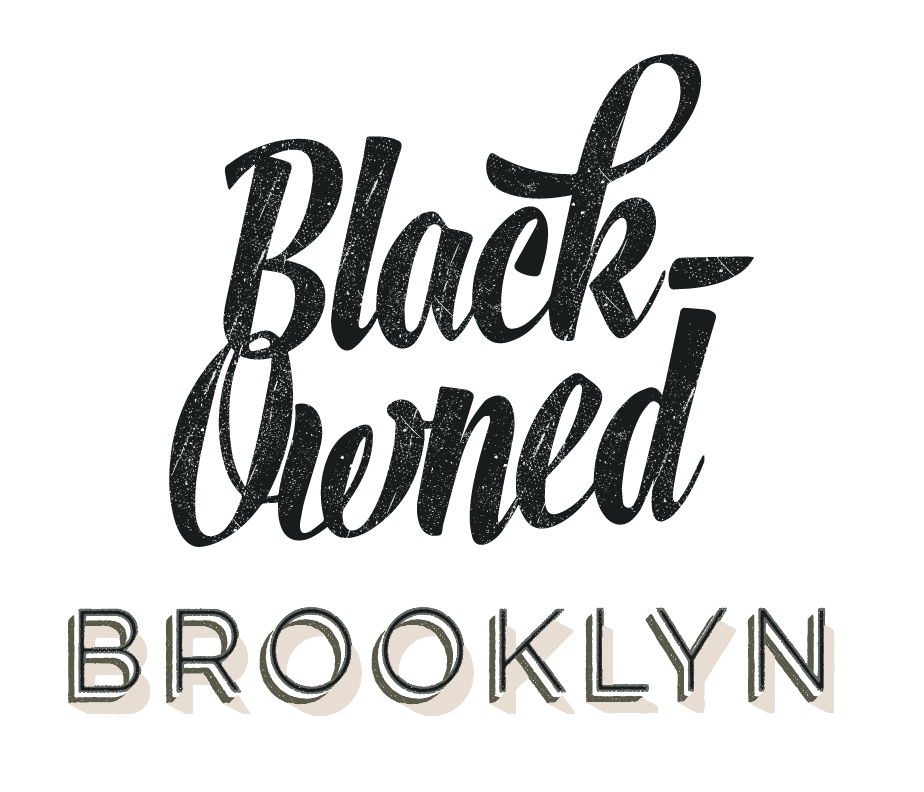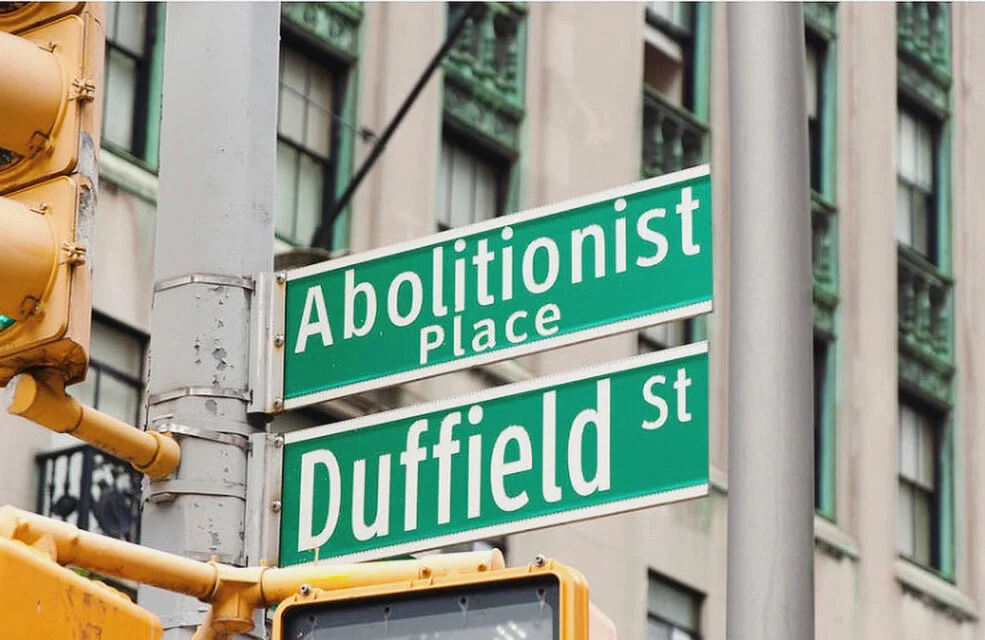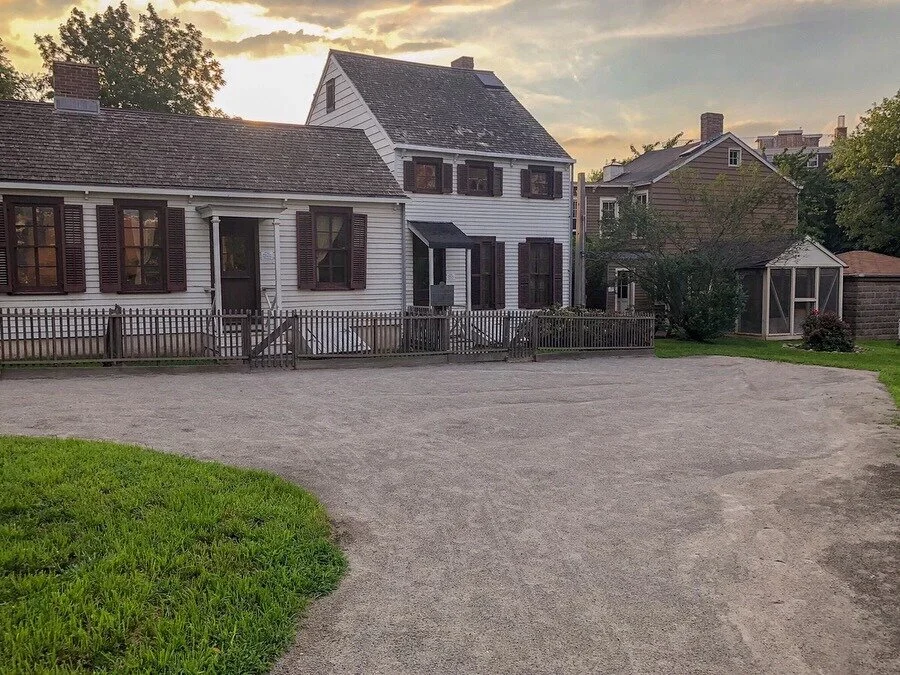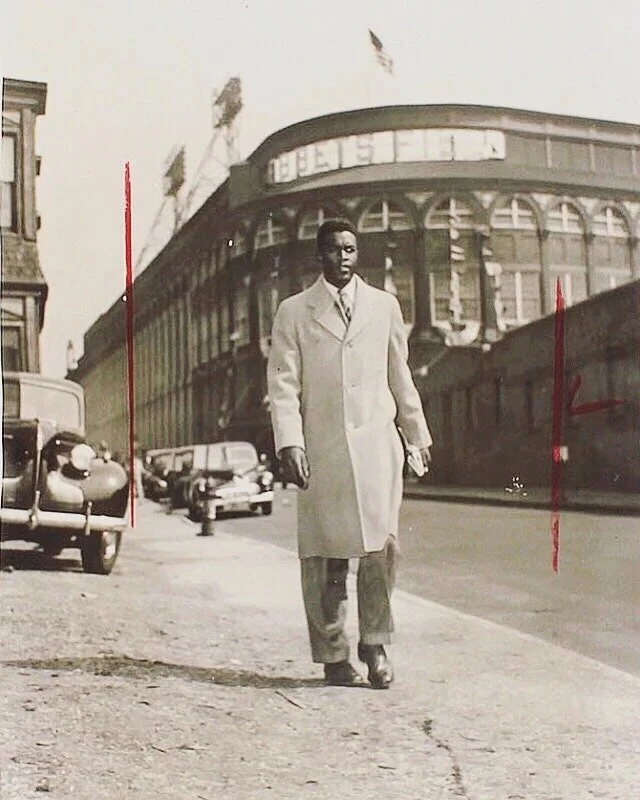Happy Juneteenth, Massive! After weeks of protest and our cries for justice finally starting to be heard, the holiday presents a timely occasion for Black joy as an act of resistance. Take a moment to celebrate freedom today with a Blackity Black good time.
Today we’re also reflecting on Brooklyn’s history and the fight for freedom. While many think of slavery as being confined to the South, it was practiced here in New York City and specifically Brooklyn. The first enslaved Africans were brought to New York City, then called New Amsterdam, in 1626. By the 18th century, New York had more slaveholders than any other city except Charleston, S.C., and at the turn of the 19th century, Brooklyn was home to the largest number of slaveholders and enslaved people in the North. New York was the last of the Northern states to abolish slavery, in 1827.
However, Brooklyn also had one of the country’s largest concentrations of anti-slavery activists. A number of sites tied to this radical history are still standing. In 1838, James Weeks and other free African-Americans bought plots of land from Henry C. Thompson, a leader in the Black abolitionist movement. That land in Central Brooklyn became Weeksville, one of largest free African-American communities in the pre-Civil War Era and home to many abolitionist leaders.
Duffield Street between Fulton and Willoughby was named “Abolitionist Place” in 2007, in honor of anti-slavery activists who organized in the area in the 1800s. While few original structures from the period remain in Downtown Brooklyn, a redbrick house at 227 Duffield, once the home of abolitionists Thomas and Harriet Truesdell, is still there (but, unfortunately, at risk of demolition). Historians believe the house was a stop on the Underground Railroad, along with other homes that stood along the same block







